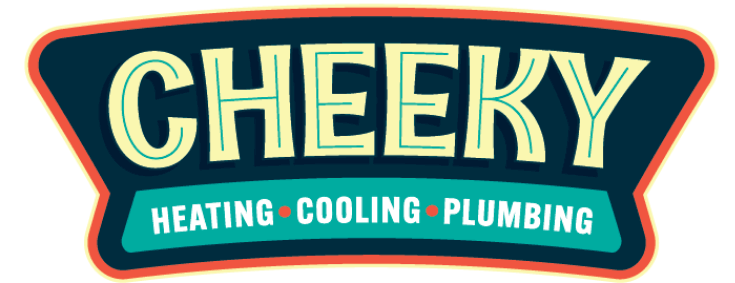If you have a commercial building, whether it’s large or small, whatever ways the building is used, it has a plumbing system in it. Water flows through that plumbing system. How much do you know about that water flow? Have you thought about the water pressure in your building? Low or inconsistent water pressure is often one of the earliest signs your commercial property has a plumbing problem, and it’s not something to ignore
Often, this concern only comes up when there is a significant problem with water pressure and the owner receives complaints from tenants or employees about it. Be proactive now—detect plumbing leaks early, learn about how to regulate water pressure in your commercial building, and you can eliminate problems before they get serious.
Understanding Commercial Water Pressure
Water pressure is measured in PSI or pounds per square inch. Commercial buildings generally require water pressure of at least forty PSI, but often sixty or more in order to keep water flowing adequately from all the fixtures in the building. This can be measured by attaching a pressure gauge to a faucet or hose bib (a term for the outdoor faucets that hoses attach to). If water pressure is too low, there will not be sufficient water flow for a building’s needs. Showers may be nothing more than a trickle, toilets may not flush well, and appliances may struggle. If water pressure is too high, different problems will result. It can cause damage to the piping in the building and the fixtures the water flows from.
What Impacts Water Pressure in Business?
As you can imagine, the diameter of plumbing pipes is a significant factor in water pressure. When pipes are narrow, there’s simply less space for water to flow through. Commercial buildings have wider pipes than residential buildings, making it possible for more water to be delivered throughout the building all at once.
Usage is another factor. In some commercial buildings, there is high demand around the clock. In others, there are high-usage times of day. If you’ve only tested the water pressure at low-usage points, you might think it’s plenty high, but people might not be getting the water pressure they need when they need it.
Another interesting factor is the height of the building. Water pressure decreases at higher levels of a building. The water up there puts pressure on the water lower in the system, and when water has farther to travel—say, up several stories—it loses pressure. A building with great water pressure on lower floors might still have disappointingly low water pressure on higher floors.
How to Regulate Water Pressure in Your Building
There are many options for regulating the water pressure throughout your building. The first step is knowing exactly what’s going on in your plumbing system with a thorough inspection of the existing plumbing. An expert in commercial plumbing in Cumming, GA can determine exactly what’s going on and whether there are specific concerns. They can test your water pressure at various parts of the building and provide the help your building needs to get plenty of water to every fixture and every person of your building. For example, high demand can be resolved with a secondary water tank, and low pressure on upper floors can be increased with a booster pump. Preventive care like this goes hand in hand with regular professional drain cleaning and leak prevention strategies to maintain the long-term health of your commercial plumbing system.
If you’re looking for reliable, qualified plumbers with extensive experience with commercial buildings, look no further.
To speak with a member of our team, contact DC Cheek Heating, Cooling & Plumbing today. Fixed, At the Speed of Life!




